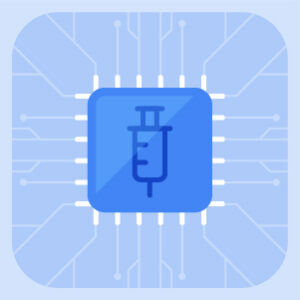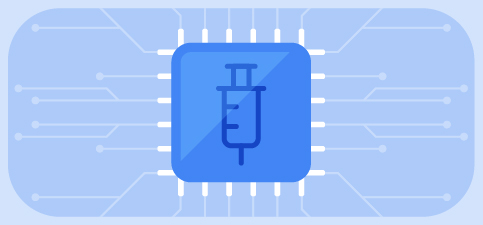The relationship between technology and the public sector has never been more pronounced than during the pandemic. As vaccine distribution rolls out across the country, state and local governments turn once more towards technology platforms to tackle the challenges a large-scale operation entails. The rollout of COVID-19 vaccines is a story of two sides – one is the mission side, where healthcare providers and federal agencies work to provide vaccines while understanding the opinions of the public. The other side is IT, as groups who once worked in classic IT environments now find themselves handling both increased user activity on public government websites, as well as larger and faster influxes of data that cannot be contained in a singular database.
In a world in which digital security is vital, balancing both sides safely and effectively requires a system that can handle complex and sudden changes. With cloud-based infrastructure and new solutions, many state and local governments are finding new ways to connect to both communities and agencies, all through the collection and understanding of data.
 Putting the Public First
Putting the Public First
Public health does not exist in a silo — the “public” emphasis is unpredictable, as local communities have varying opinions within a single county or state. Sentiment solutions provide a way of examining the response to vaccine rollout within a community, and aid healthcare providers and federal agencies in anticipating changes to scheduling and administering vaccinations. With a sentiment solution focus, these programs can track the interactions of the public with real-time vaccine sign-ups or chatbots, and keep note of how feelings towards vaccine distribution change in a given area. Vaccine distribution can then be altered based on the feedback from the constituents, providing more vaccines in areas that require them at a faster pace. Having a solution examine the needs of a community and what drives their public health decision-making can prepare agencies in anticipating sentiments, and tailor their approach to vaccine distribution in a way that ultimately benefits the public.
Focus on Analytics
For the IT side of vaccine distribution, the rollout of programs involves working with agencies that would not operate together outside of a disaster situation, such as the Centers for Disease Control (CDC) and the National Institutes of Health (NIH). With data pouring in from users interacting with government websites, as well as data driven by the mission of vaccine distribution, central IT groups need to rethink methods of shared services that will be utilized between agencies. A cloud-based infrastructure can bridge the gap between these agencies, and provide core infrastructure capabilities to examining and handling the influx of data. Someone engaging with a website chatbot, for example, could provide data that shows they live in a location with many COVID-19 cases and a lack of vaccines. These analytics can be passed to epidemiologists, who can then see the impact on vaccine uptake or areas that require targeting for public health decisions. Not only do multiple agencies benefit from shared data, but CIOs can work within an existing ecosystem with less tools. The seamless integration of solutions such as sentiment solutions allows for focus to be directed towards the bigger picture, understanding the role of data rather than being bogged down in website reports or chatbot data. Data becomes unified, and analytics becomes clearer for all agencies to understand.
Transforming Data for Tomorrow
Having cloud-based infrastructure to manage digital data is not a momentary solution. Constituent voices will still need to be heard long after COVID-19 is dealt with, and IT solutions will not be utilized for a singular function. Implementing these solutions now, even for a singular use case, will keep the infrastructure in place to serve future use cases, as data management increases in complexity and scale. Future implementation can be faster, minimizing operation inefficiency as data pipelines will not have to be built, but can be ready to handle any situation. Such technology can even spread outside of its current deployment in communications and healthcare, to be utilized in areas such as the legal field. These new infrastructures and solutions may be used to help end the spread of COVID-19 through vaccine distribution, but they have the ability to provide a new beginning to managing and understanding both public opinion and data.
View Google’s Virtual Healthcare roundtable event to learn more about using Google Services to deliver data insights and other solutions.







